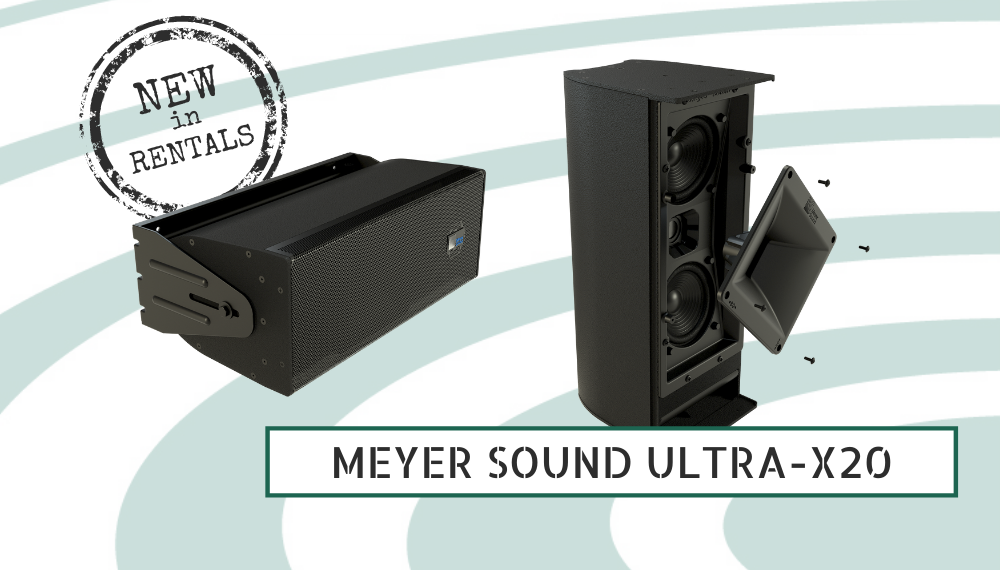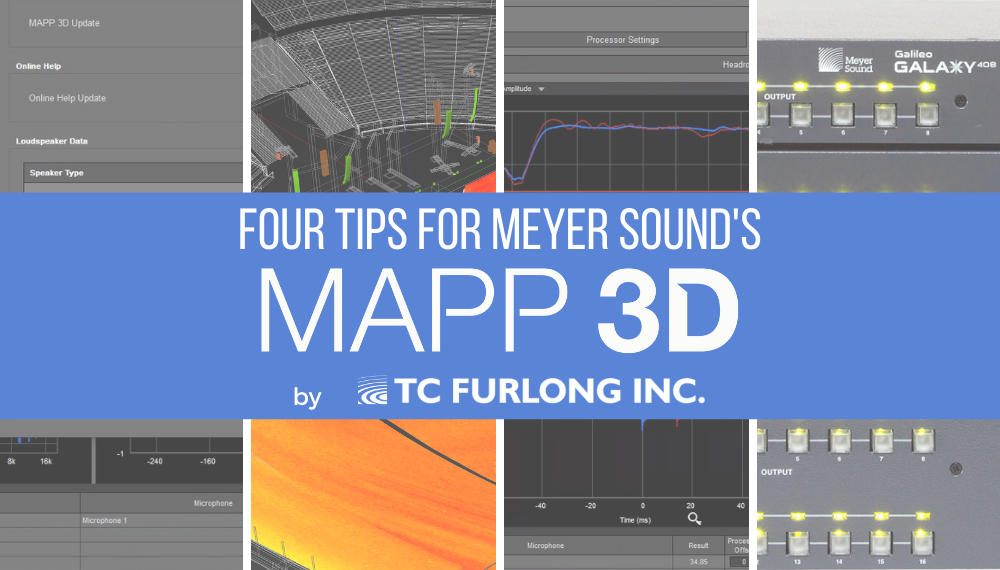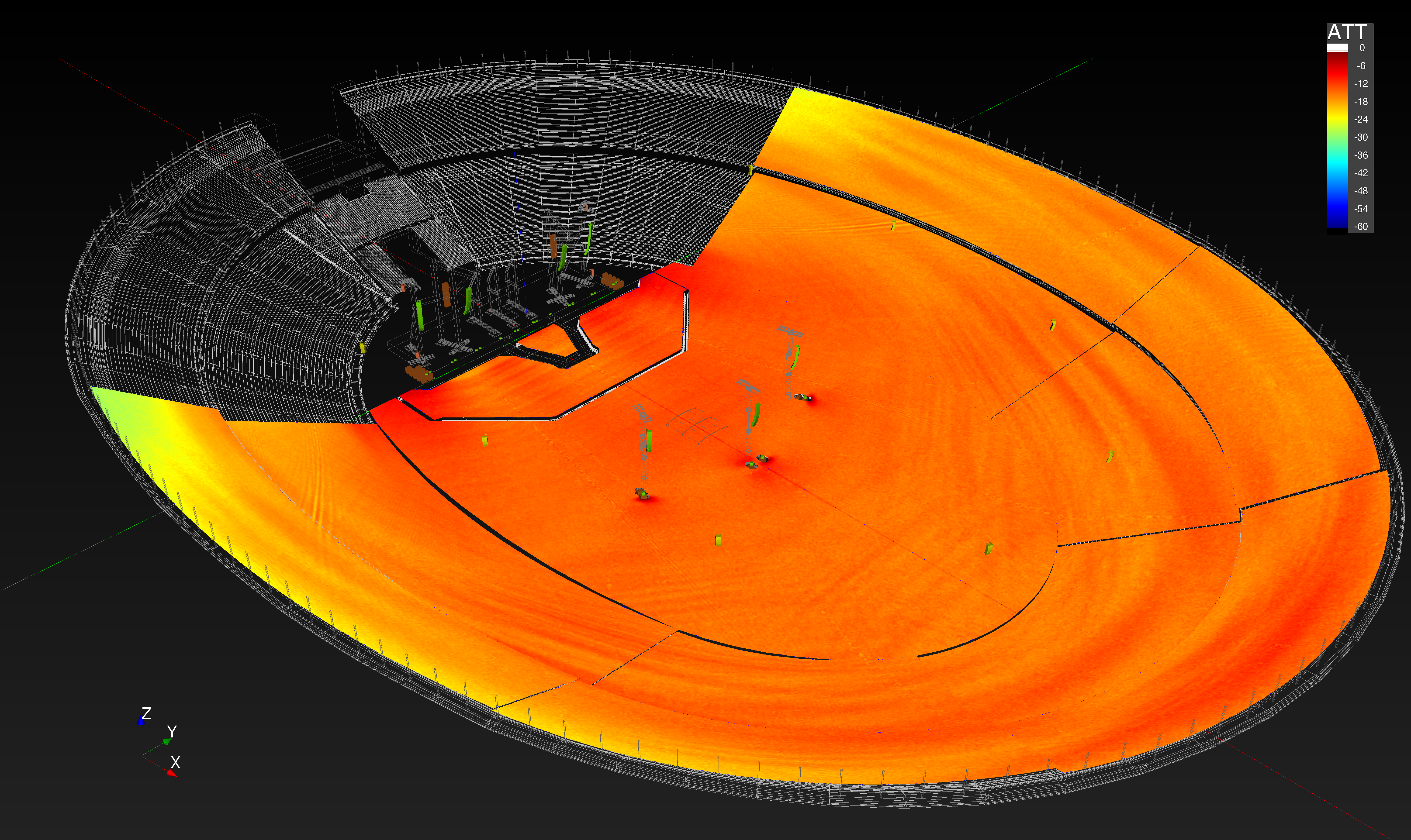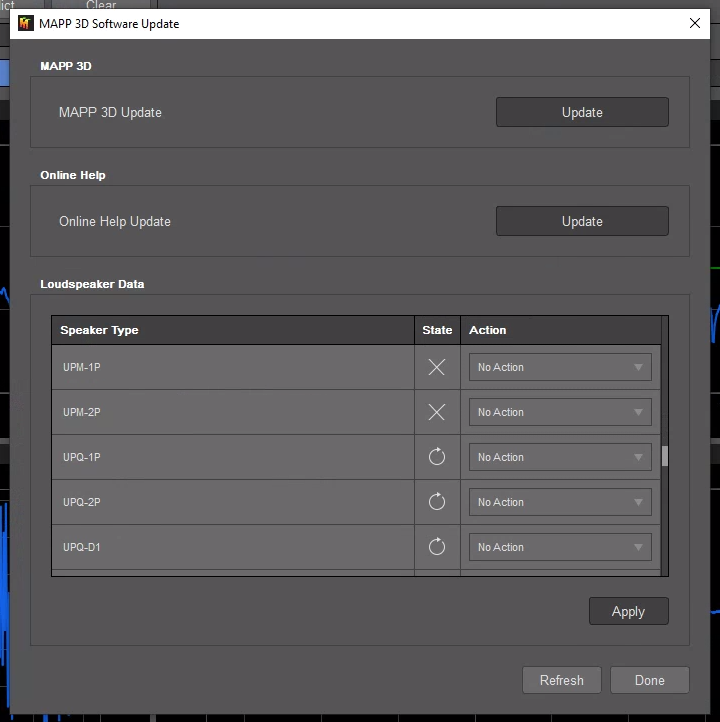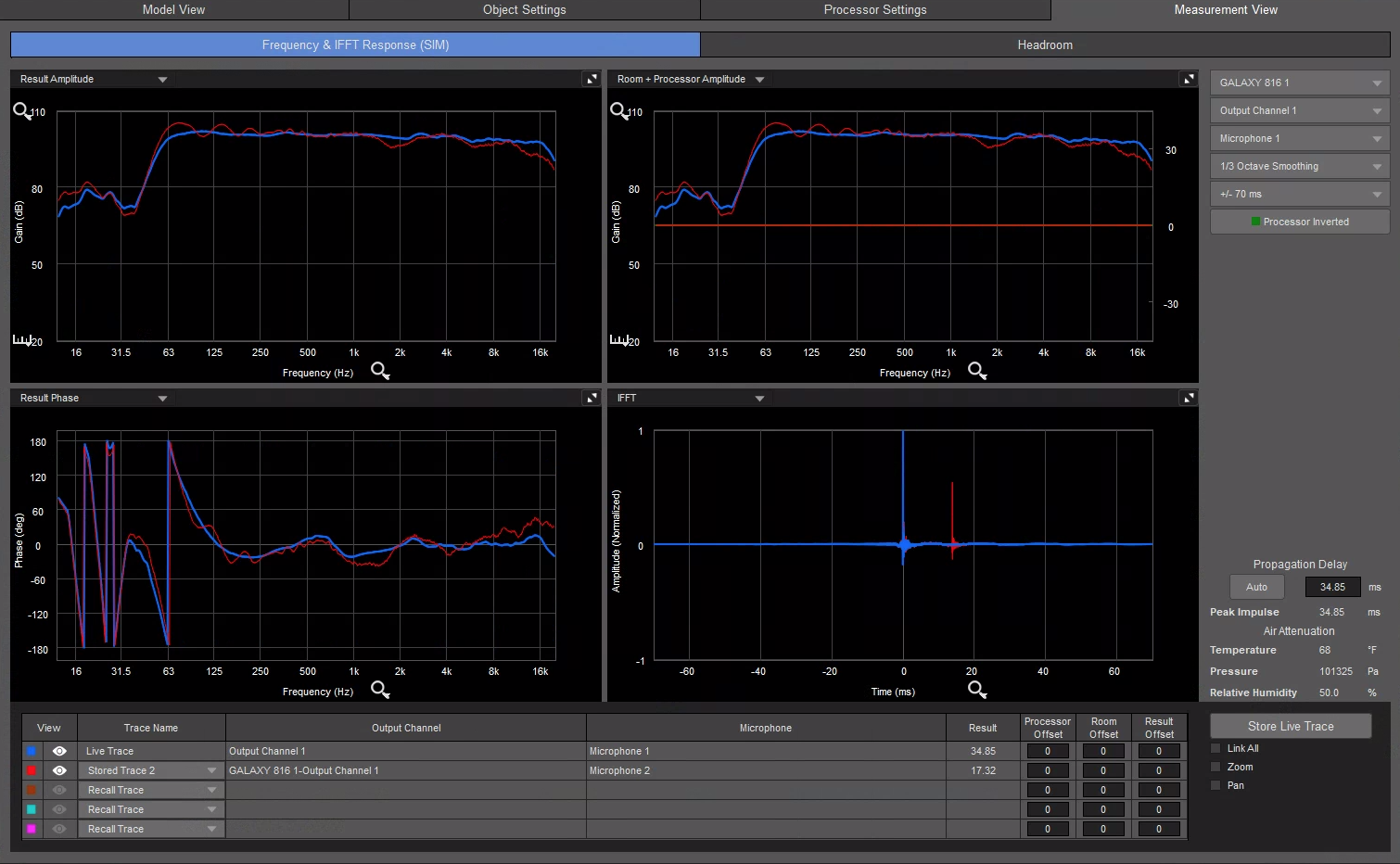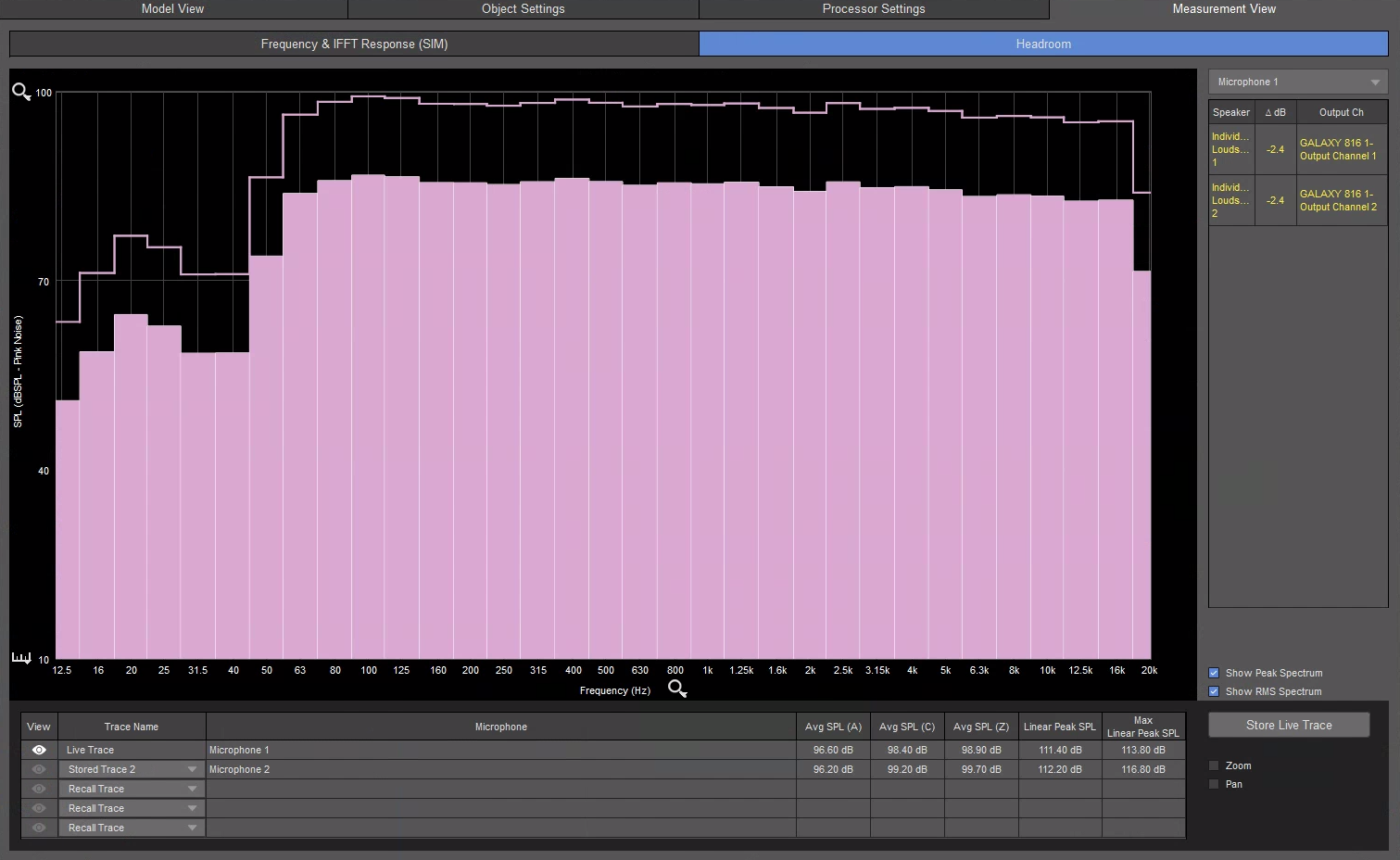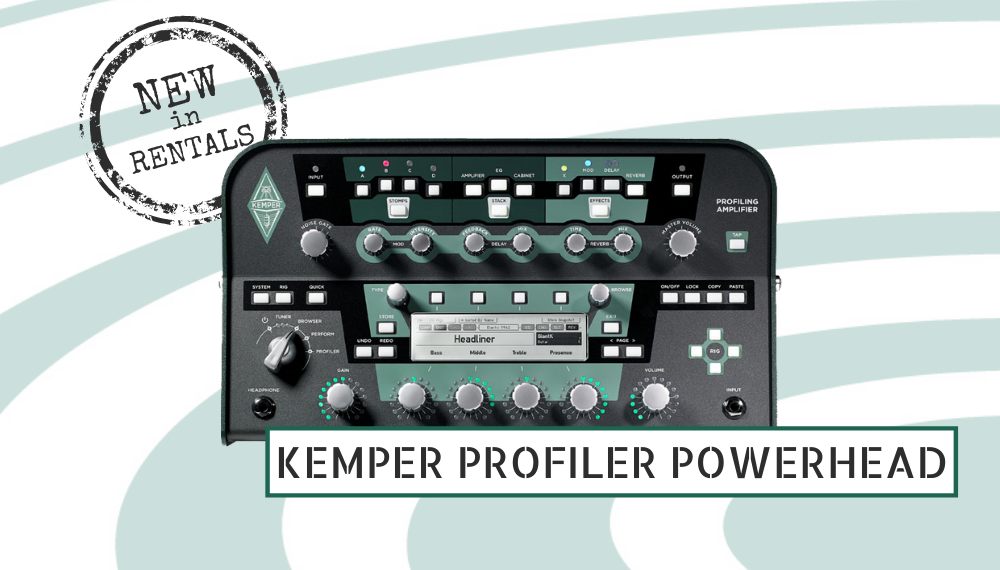
Field audio is a broad category which includes any variety of audio production that takes place outside of a formal studio or performance venue. Field audio covers a broad range of disciplines, from recordists capturing the ambient sound of an area, to technicians working on live news broadcasts, to production sound engineers working on large film or TV shoots. Engineers in field audio often work hand in hand with camera operators and video technicians, with the complexity of a production ranging from a single-camera shoot, to a multi-camera setup with a TV truck.
Those in the traditional live sound or studio worlds often regard field audio as something of a mystery, but of course the same basic principles of capturing good sound still apply. In this article, we’ll do a basic exploration of the equipment used to capture audio in the field.
Microphones
Just like in any other corner of the audio production industry, using the right microphones to capture sound at the source is essential in field audio. Depending on the type of production, a variety of different types of microphones can be used. Handheld mics are a favorite in the TV news industry for journalists filing reports “on the ground.” An omnidirectional handheld might be used when interviewing a subject, while a cardioid option can be a better option in noisy environments.
Lavalier mics are often used when the subjects being filmed need to be able to use their hands, or when a microphone needs to be less visually obtrusive than a handheld. Due to the unpredictable weather conditions often involved in field audio, a dust and water-resistant model might be the best option.
Finally, we come to the type of microphone most often associated with field audio: the shotgun mic. Shotgun mics usually have a supercardioid or hypercardioid polar pattern, making them ideal for capturing the desired sound while rejecting off-axis noise in a loud environment. Many shotgun mics are made to be mounted directly to a camera, while others can be mounted on a handheld boom to get the mic as close to the source as possible without entering the camera shot.
Wireless Systems
Regardless of the types of microphones being utilized, they will almost always be used with a portable wireless system. Cables can be unwieldy and visually distracting in the field, making wireless audio transmission an imperative on many shoots. A traditional rackmount wireless receiver is often impractical, so companies like Lectrosonics and Sennheiser offer portable battery-powered receivers, some of which are designed to be mounted directly to cameras. Plug-on transmitters are often used with handheld mics, and traditional beltpacks are used when the talent is using a lavalier mic.
Field Mixers and Recorders
A solid field mixer/recorder is the last link in the chain to capture audio in the field. Portable mixer-recorders are often powered by rechargeable batteries, and record to an internal SSD or SD cards. The most basic options available are handheld recorders, which often feature a built-in pair of condenser mics for stereo recording, and two or more XLR inputs to capture additional sources. Handheld recorders are a popular choice for ambient recording applications, or for basic interviews.
A more robust option are multi-channel field mixers. Modern field mixers share many of the same features you’d expect to see on a modern digital console, including high quality microphone preamps, parametric EQ’s, compressors, multiple mix busses, etc. Higher end models can even come standard with Dante I/O and Dugan automixing. Products from Sound Devices, a manufacturer based in Wisconsin, have long been regarded as some of the industry standards for field mixers.
Conclusion
While some specialist equipment and know-how is required, the same principles used in audio production for the stage or studio also apply in the field. If you have questions about the equipment used in field audio applications, or would like to request a quote, reach out to our Sales Team at sales@tcfurlong.com or call 847-367-9588. We are longstanding dealers for all the manufacturers mentioned in this article, along with all major professional audio manufacturers.
We also carry equipment from many of these manufacturers in our extensive rental inventory. To request a rental quote, contact our Rental Team at rentals@tcfurlong.com or 847-367-9588.
